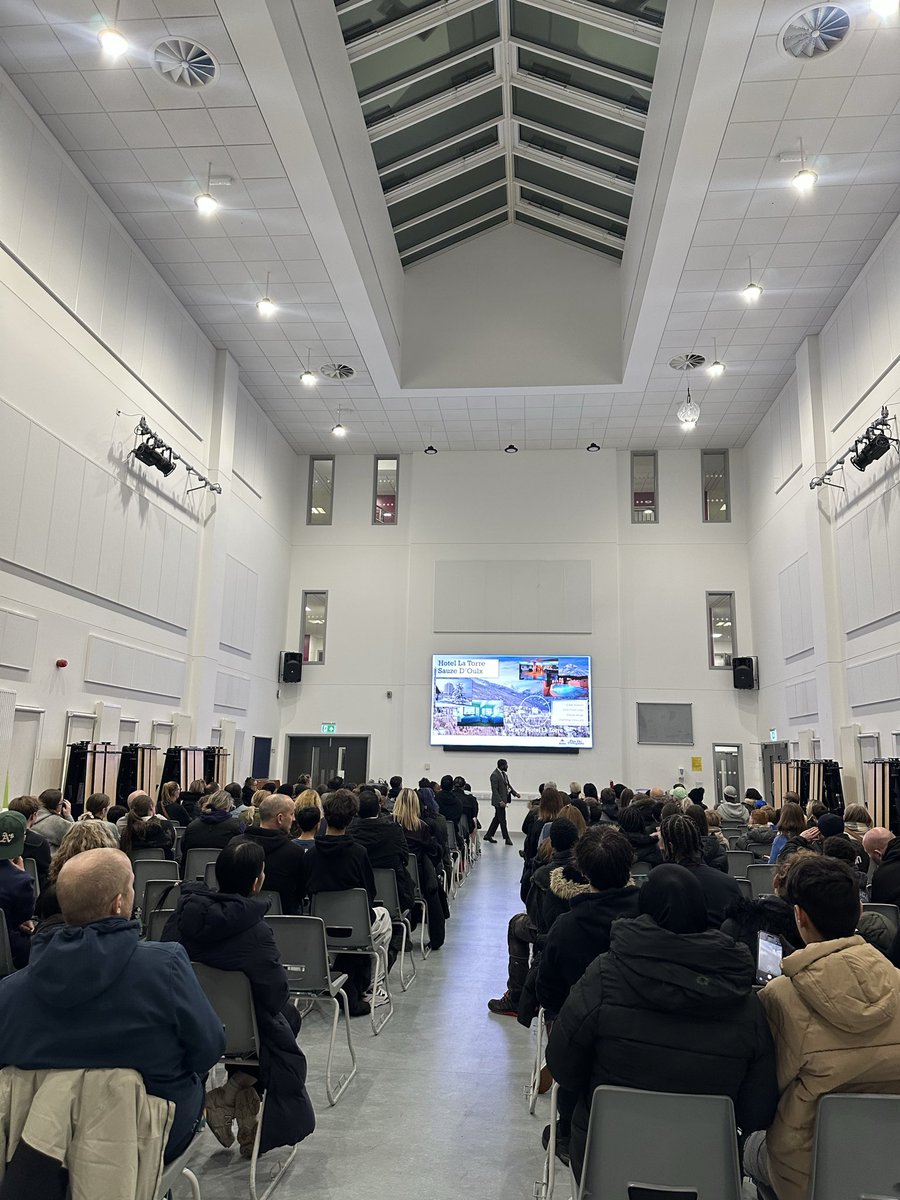Our Assessment System
- Assessment Principles
We recognise that assessment and curriculum cannot be viewed separately. In order to develop a powerful knowledge-based curriculum we must support this with valid, reliable and useful assessments to assess the intended curriculum. Effective and timely summative assessment design is also a tool in understanding pupil progress and reflecting on the taught curriculum to inform teaching.
Students will typically sit summative assessments 2x per year in KS3 and 3x per year in KS4 & KS5. High quality assessments accurately provided insight into a student’s knowledge of the curriculum which is used to inform future planning.
Our aim is for all students to have learnt, practised and remembered a broad and balanced curriculum of knowledge by the end of KS3 to prepare for KS4. Departmental curricula detail explicit end points students should meet by the end of Year 7, 8 and 9, in order to master key skills and knowledge ready to thrive in KS4. Assessments are designed with these standards in mind, and through accurate judgements made throughout KS3 we can ensure all students are ready for the next stage. Our curriculum intent is ambitious, and assessments assess this ambitious curriculum. The KS3 assessment structure fits the need of the curriculum, it is not a watered down KS4 assessment system. In years 10, 11, 12 and 13, explicit end points are clear for key points of these pivotal exam years and assessments are designed to assess pupils with these standards in mind. Many teachers across the school are experienced exam markers and this vast knowledge of national assessments inform our KS4 and KS5 assessment plan.
The curriculum is the progression model. Learning is a change in long term memory, and so the more of the curriculum that has been committed to a student’s long-term memory, the more has been learnt by them, and the more progress has been made. Our summative assessments at HAGR assess how much of the curriculum has been learnt by students, and therefore indicate how they’re progressing through the curriculum.
|
The Principles of Harris Greenwich Assessments |
|
1. End points are clearly defined at key stages throughout the curriculum |
|
2. Cumulative and reliable summative assessments measure the implementation of the curriculum. |
|
3. The curriculum at HAGR is measured against standardised data to ensure high quality provision |
|
4. Pupil work is routinely compared to great models to assess the implementation of curriculum |
|
5. Middle leaders are trained in summative assessment design to evaluate the quality of provision |
- Assessment completion
How often are students assessed?
Students will typically sit formal, summative assessments twice per year in all years. The reduced assessment and data points support middle leaders to assess pupils where is most sensible in their curriculum plans to be able to use data effectively to inform practice.
What happens in KS3?
All assessments are set in classroom conditions. At the end of year 9 pupils will complete their final assessment in mock conditions in the hall to familiarise pupils with exam conditions.
What happens in KS4?
In year 10, all assessments take place in classrooms. In the final mock exams of the year, core subjects assess pupils in the hall under mock exam conditions to prepare pupils for their GCSE year.
In year 11, in the first term mocks for all subjects take place in the hall in mock exam conditions. In the second term core subjects are assessed in the hall in mock exam conditions and non-core subjects complete mock exams in classrooms.
- Standardisation, marking and moderation
An ethic of excellence comes from crystal clear explanation of what excellence looks like. There may be many ways to achieve excellence, but for any piece of work we should set out the most challenging success criteria we can conceive of by referencing specific examples.
How do we know that teachers are making effective judgements about TMLGs?
- In English, Maths, Science, MFL, Geography and History we submit the data from our assessments in consultation with the Federation to compare our student performance against a sample of many other high performing secondary schools. The Federation data team ascribe an AMLG using the bell curve model.
- Broadly speaking the 9-1 performance of a large cohort of students should conform to the bell curve distribution of results. For example, most TMLG grades will be in the 4-6 range as is to be expected.
- There will be a ‘long tail’ of student performance with a significant minority in the 3-1 MLG range
- 7-9 grades are reserved for high performers on any assessment, in line with the results the department typically produces.
- The TMLG which describes the position a student is on a bell curve which is representative of the year group cohort. The data team supports departments to generate a bell curve for any assessment. This is then moderated using criteria referencing in order to generate a TMLG.
- With smaller cohorts, the sample size is too small to be reliable so we use criteria referencing and external scrutiny to support us in our judgement.
- Over time, departments will continue to build examples of student work from assessments, which will exemplify what, for example, a 9, 5, 2 looks like in English by the time of their summer exam. It also means that every cohort is judged against a criteria rather than purely against their own cohort so that standards do not slip e.g. with a weaker year group.
- In KS4, if we are using full exam papers from previous years as a means of assessing student mid-year (e.g. mock exams), grade boundaries are adjusted accordingly, or a result is criteria referenced to a child taught the previous year, before a TMLG is reported.
How do we know that assessments are being marked accurately?
- Assessment training takes place with all subject areas to develop an effective understanding of standardization and moderation in an assessment cycle. In English, the team are trialing Comparative Judgement on a trial basis for subjective disciplines.
- A high amount of staff are markers for their exam boards or have been trained in exam marking to increase marking ability.
- A range of assessment training sessions take place through a cycle to train leaders in how to create a valid and accurate assessment and use the data to intervene.
How do we report to parents?
We know that reporting to parents should have the following information.
- Absolute position: A measure of learning, things that are known or understood and the final position reached (an overall score or percentage)
- Quality judgement: The current position compared to expected standards- how good is it compared to everyone else?
- Goal distance: A measure of the gap remaining in what still needs to be known, understood or mastered compared to a defined set of goals or end points?
We recognize that a grade 9-1 at KS3 does not give parents much meaning and therefore we report the following:
- My child’s performance is X: % report raw assessment info.
- This compares to the cohort/class in this way – eg report class/cohort average Y.
- In the teacher’s judgement, taking account of input and outcome information, they are making Z progress.
How do we report to parents at KS4 and KS5?
We follow the same principles as above but as there are standardized mark schemes and exam materials students receive a TMLG grades 1-9 or A* to U at A-level.
What is a TMLG?
A Teacher Most Likely Grade (TMLG) is assigned to a student following an assessment.
|
The description of TMLG that we send to parents with their KS3 or KS4 reports: “We will report to you a Teacher Most Likely Grade (TMLG). TMLGs are assigned from a 9-1 scale with 9 being the best. Depending on the subject, the TMLG is generated by either pooling test results for the year group and assigning a grade based on where the result sits compared to others, or by comparing the test result to examples of level 9-1 work. Assuming the student maintains their position in the cohort the TMLG represents the grade they are likely to achieve in their GCSEs at the end of year 11.” |




















